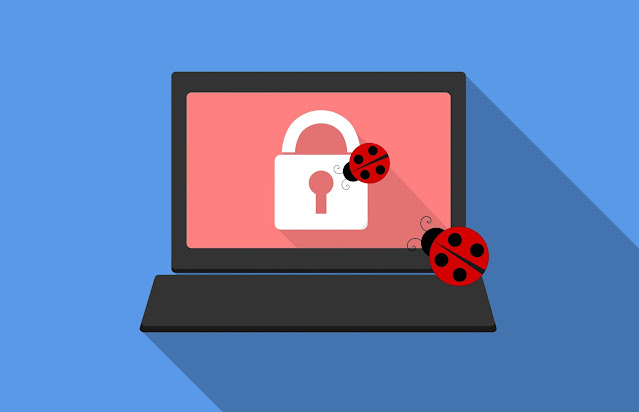Increasing Cyber Attacks! How to save your valuable data?
Are you concerned about increasing cyber-attacks and losing all of your data and hard-earned money by just a wrong click? Are you fond of internet shopping and feel a sense of distrust while entering your card details on a new online platform? This article is specifically for you.
In this article, I shall cover the basics of cyber security and tips for cyberattack prevention.
So what are we waiting for? Let’s wear our thinking hats and dive in!
Photo by Jefferson Santos on Unsplash
A cyberattack involves unauthorized access to user data by a third party for personal gains such as sales, identity theft, and worst of all wiping off huge sums of money from your bank accounts; cyber security is securing various digital components, networks data, and computer systems from unauthorized, digital access.
 |
| Photo by Markus Spiske on Unsplash |
Now that we know what a cyber attack is, it is most relevant that we discuss its types:
- Malware Attack-A malware attack is the most common type of cyber attack. It refers to a software program that is secretly installed on a user’s device without their knowledge. The malware program may or may not cause harm to a user’s system, but it is always a form of cyber fraud.
 |
| Photo by Michael Geiger on Unsplash |
Phishing Attack- A phishing attack is a type of cyber attack in which a user is tricked into revealing sensitive information (such as their username and password) by being sent a fake message that appears to be from a trustworthy source.
The message might look like it has come from the user’s bank or other financial institution, for example. The message asks the user to update their account information or confirm the validity of their account.
Photo by Towfiqu barbhuiya on Unsplash
Man-in-the-middle Attack- It is a type of cyber attack where malware is installed on a network device such as a router or a modem. It secretly intercepts all network traffic between two devices on the network, such as a computer and a router. The malware then allows the attacker to read and manipulate the traffic, sending any information that may be of value to the attacker.
 |
| Photo by Bermix Studio on Unsplash |
Password Attack- A password attack is a type of cyber attack in which a user’s password is stolen. This occurs when a user’s password is captured by a malware program and is used to access the user’s accounts on the internet or a network.
 |
| Photo by Mourizal Zativa on Unsplash |
Eavesdropping Attack- When hackers launch a cyberattack by hacking into cell phones, computers, and laptops by fabricating information It is called an Eavesdropping attack. This attack is conducted to gain unauthorized access to files by cybercriminals.
 |
| Photo by Austin Distel on Unsplash |
Cyber security Software to avoid any cyber attack:
Firewall - A firewall is a security measure that protects a network by filtering traffic that is allowed to enter the network. It can be easily enabled from any antivirus software.
Image by Mudassar Iqbal from Pixabay Honey-Bots - It can be used by an individual or a small business to protect against attacks launched targetin their system,. A honey-bot is a software program that can be installed on a system that protects it from potential cyber-attacks by forming vulnerable bot systems to lure the hackers away from your main system (kind of fooling the attackers, I like it!).
 |
| Image by mohamed Hassan from Pixabay |
Personal Preventive measures to avoid any cyber attack:
Ensure Privacy Of Password- Do not disclose your login credentials to anyone, not even your near ones.
Photo by olieman.eth on Unsplash Do Not Use The Same Password Everywhere - I understand that it is a lot more convenient but you should understand that in case of a breach the hacker will have access to all your data just by cracking a single password (sounds scary, right?).
Photo by Towfiqu barbhuiya on Unsplash Use VPN When using Public Wi-Fi - Virtual Private Network (VPN) is used to hide your online activity. VPNs are also used to set a guard against hackers and snoops on Free or paid public networks.
Photo by Privecstasy on Unsplash Use a Firewall - It is the most common and effective practice to prevent cyberattacks. Putting your network behind a firewall ensures that there are no brute force attacks.
 |
| Image by Pete Linforth from Pixabay |
I hope, you got a brief understanding of cyber attacks and the preventive steps for the same. Believe me, when I say it, "we have barely scratched the surface yet."
For more details on the history and development of Cyber Security as a domain, you can watch a YouTube video by Invensis Learning.
 |
| Photo by Markus Spiske on Unsplash |
If you found this article interesting you might also love to know about Extended Reality and Blockchain and Cryptocurrency.
Let me know if you found value in the article, let us talk in the comments.








Comments
Post a Comment